Advertisement
Inference is the step where AI models are put to work—where they process data and return answers, predictions, or results. While training AI models often gets the spotlight, inference is where most real-world use happens. In simple terms, inference providers are services or platforms that host AI models and deliver outputs based on user inputs. With the growing demand for AI tools that run efficiently and scale easily, the role of inference providers has become more central. Hugging Face’s Inference Providers Hub makes it easier to connect with services that can do just that.
This article explores what inference providers are, how the Inference Providers Hub works, and what benefits it brings to developers, researchers, and organizations building AI-driven applications.
Inference providers are services where the users can execute pre-trained machine learning models without having to handle infrastructure. They usually provide scalable compute capacity, integration APIs, and support for different model types, such as transformers, vision models, and speech models. The concept is to shift the complexity of deploying models in production, which is often technical and resource-intensive.
Some providers specialize in ultra-low latency services, perfect for real-time applications such as chatbots, search engines, or recommendation systems. Others are optimized for cost efficiency or handling large batches of data at once. Providers may support open-source models or offer proprietary models. Either way, they let developers use these models via a simple API or endpoint.
The most important value of inference providers is abstraction. Rather than establishing GPU servers, versioning, monitoring usage, or scaling issues, a consumer can plug into a provider and obtain results. It frees up time to invest more in creating the application instead of infrastructure.
The Inference Providers Hub is part of Hugging Face, a platform best known for its contributions to open-source AI and for hosting thousands of models. The hub serves as a marketplace or directory where developers can explore various inference services and find those that best fit their use case.

Each provider listed on the hub includes details like supported model types, pricing, regions served, latency metrics, and API documentation. Users can compare offerings side by side and filter results based on their preferences. For instance, someone looking for a provider that supports BERT-based models with a fast response time can easily identify relevant options.
Once a provider is selected, users can integrate the service directly through Hugging Face's interface or use the provider's tools. The process is designed to be frictionless. Users don't need to worry about downloading models or fine-tuning deployment settings. Many providers support immediate deployment from models hosted on Hugging Face, making transitions smoother.
The hub brings more transparency to the process. Inference providers vary widely in their performance and pricing models. The hub standardizes how information is presented, allowing users to make better choices without going through lengthy trial-and-error.
There’s a growing split in AI workflows: training vs. inference. While training requires significant resources and technical oversight, inference is the day-to-day operation of models. It’s where speed, uptime, and cost-efficiency really matter. That’s why inference providers are so relevant.
For startups or solo developers, running large models locally or setting up cloud infrastructure isn’t practical. Inference providers remove that barrier. They let someone focus on building their app or service without needing to understand every technical layer of machine learning deployment.
Larger companies benefit, too. They might use inference providers to test different models quickly or to scale certain services during peak usage. In scenarios where latency is critical, such as voice recognition in smart devices or fraud detection in financial systems, having a reliable inference pipeline is a must.
Another advantage is global reach. Some inference providers offer edge computing or multi-region deployments, helping reduce latency for users around the world. This is particularly useful for applications with a global user base that require consistent performance.
Security and compliance also play a role. Reputable inference providers offer encryption, access control, and logs, which help meet regulatory requirements or enterprise-grade security needs.
In short, inference providers allow developers to operationalize AI without needing to build the backend from scratch. They bring scalability, convenience, and performance improvements that would otherwise be out of reach for many users.
As more organizations adopt AI, the need for seamless inference options will continue to grow. The Inference Providers Hub helps make access easier by centralizing services and encouraging innovation through variety.

We’ll likely see more specialized providers emerge—some focusing on healthcare or legal text, others optimizing for mobile or edge computing. The hub improves visibility for these niche services, connecting them with the developers who need them.
Over time, deeper integration with model cards, benchmarks, and version histories can make the hub even more useful. Greater transparency helps developers trust that the models they deploy will perform reliably.
Open-source models also benefit. Many are free but need strong hardware to run well. Inference providers help by making them usable without needing deep infrastructure skills.
Community feedback and real usage data may become more central, helping users find providers based on real performance, not just specs.
As the field matures, the hub could become the default launchpad for AI deployment. It brings inference out of the shadows and into focus, turning it into a core part of how AI is built and used.
Inference providers are becoming essential as AI moves from experimentation to everyday use. The Inference Providers Hub simplifies access to these services by offering a clear path for deploying models without a deep infrastructure setup. By connecting developers with reliable, scalable options, it supports a more efficient way to build real-world AI applications. The hub encourages growth in the AI space by showcasing diverse providers and enabling easier adoption of both open-source and commercial models. As usage expands, tools like this help shift AI development from a technical challenge to a more approachable, streamlined process for teams of all sizes.
Advertisement
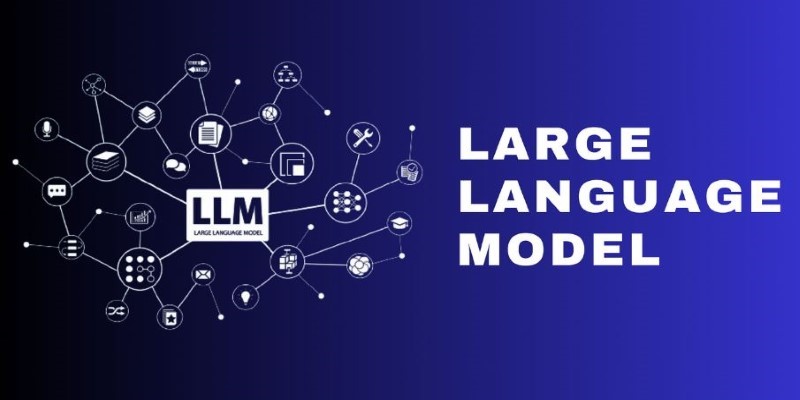
What Large Language Models (LLMs) are, how they work, and their impact on AI technologies. Learn about their applications, challenges, and future potential in natural language processing
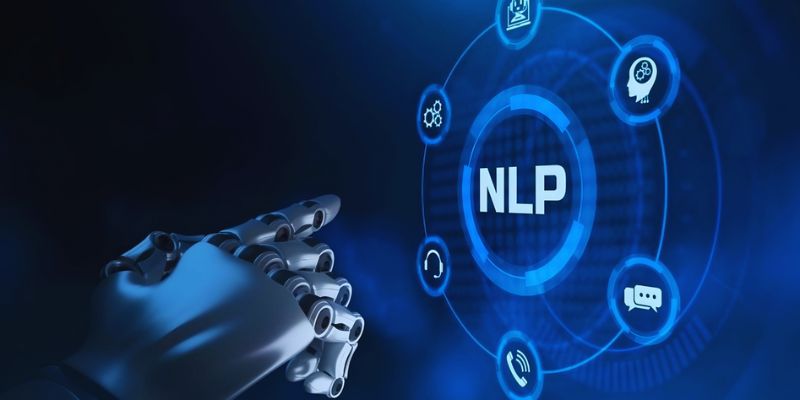
Start learning natural language processing (NLP) with easy steps, key tools, and beginner projects to build your skills fast

How to write effective ChatGPT prompts that produce accurate, useful, and smarter AI responses. This guide covers five clear ways to improve your results with practical examples and strategies

From the legal power of emojis to the growing threat of cyberattacks like the Activision hack, and the job impact of ChatGPT AI, this article breaks down how digital change is reshaping real-world consequences

How self-speculative decoding improves faster text generation by reducing latency and computational cost in language models without sacrificing accuracy

Argilla 2.4 transforms how datasets are built for fine-tuning and evaluation by offering a no-code interface fully integrated with the Hugging Face Hub

Discover 8 legitimate ways to make money using ChatGPT, from freelance writing to email marketing campaigns. Learn how to leverage AI to boost your income with these practical side gigs

Is it necessary to be polite to AI like ChatGPT, Siri, or Alexa? Explore how language habits with voice assistants can influence our communication style, especially with kids and frequent AI users
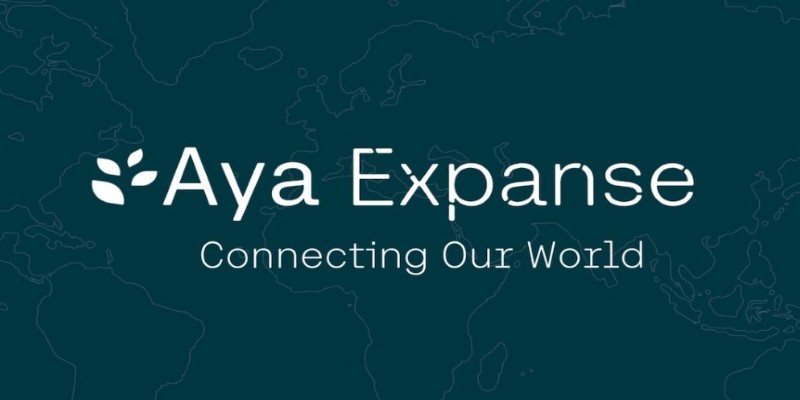
Can AI finally speak your language fluently? Aya Expanse is reshaping how multilingual access is built into modern language models—without English at the center

Explore 5 real-world ways students are using ChatGPT in school to study better, write smarter, and manage their time. Simple, helpful uses for daily learning
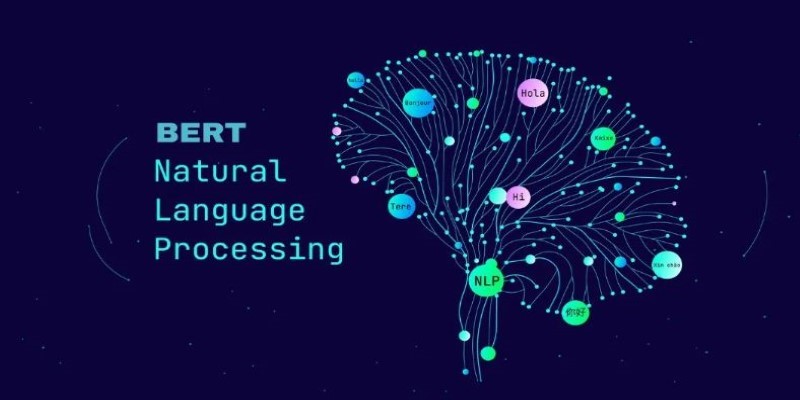
How the BERT natural language processing model works, what makes it unique, and how it compares with the GPT model in handling human language
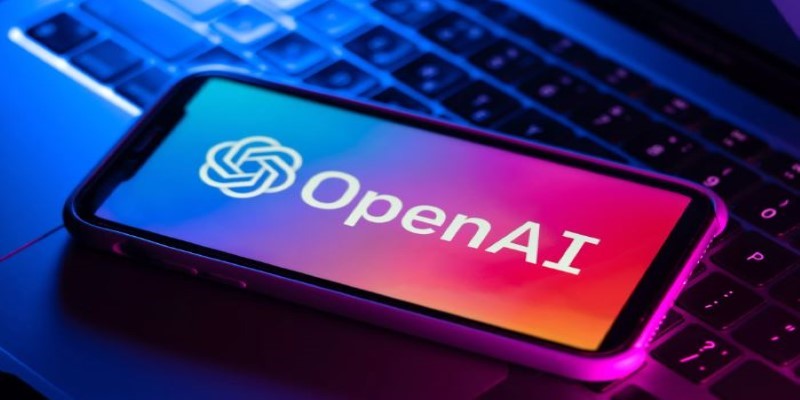
Explore the journey from GPT-1 to GPT-4. Learn how OpenAI’s lan-guage models evolved, what sets each version apart, and how these changes shaped today’s AI tools